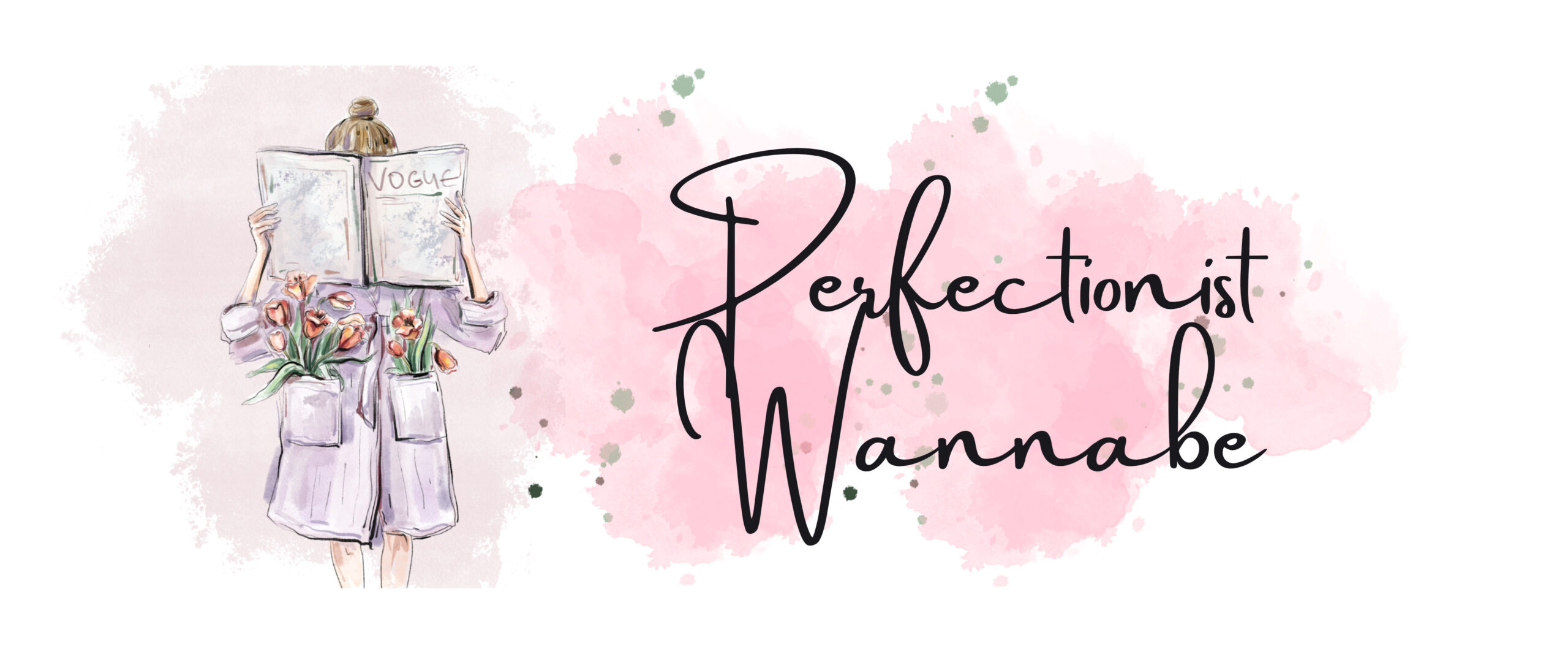

If you’ve been enjoying True Detective: Night Country as much as I have, you may like this new book out today from Iris Yamashita, “Village in the Dark.”
This book takes place in Alaska. So get your hot cocoa, tea, or coffee ready because we are about to travel into tribal lands.
SYNOPSIS
In Village in the Dark, Detective Cara Kennedy thought she’d lost her husband and son in an accident, but harrowing evidence has emerged that points to murder—and she will stop at nothing to find the truth in this riveting mystery from the author of City Under One Roof.
On a frigid February day, Anchorage Detective Cara Kennedy stands by the graves of her husband and son, watching as their caskets are raised from the earth. It feels sacrilegious, but she has no choice. Aaron and Dylan disappeared on a hike a year ago, their bones eventually found and buried. But shocking clues have emerged that foul play was involved, potentially connecting them to a string of other deaths and disappearances.
Somehow tied to the mystery is Mia Upash, who grew up in an isolated village called Unity, a community of women and children in hiding from abusive men. Mia never imagined the trouble she would find herself in when she left home to live in Man’s World. Although she remains haunted by the tragedy of what happened to the man and the boy in the woods, she has her own reasons for keeping quiet.
Aided by police officer Joe Barkowski and other residents of Point Mettier, Cara’s investigation will lead them on a dangerous path that puts their lives and the lives of everyone around them in mortal jeopardy.
Review
First, I would like to preface this in saying that the synopsis for Village in the Dark strips the story of what made it so intriguing. This book is written by an Asian American woman and includes the story of the Indigenous Peoples of Alaska. She brings together numerous tribes, including an Asian woman and her biracial daughter. These women create their own community together to raise their children. They live off the land, preparing for the day they could come under attack by an abusive ex.
Point Mettier is another community created by a former bank robber who was abused by her husband. In a large condo building, she lives with an entire community that seeks to hide women on the run from their abusive exes. The entire community exists in this one building, and they are there to protect each other.
Mia’s character is also of interest. She is a young woman who was raised in Unity Village. Reading about her journey into Man’s World was a centering moment in understanding how difficult it can be for Indigenous People to navigate the two worlds, especially ours. These are the conversations I’ve seen in the comment sections of Native American Instagram accounts.
After Cara discovers the DNA of her husband and son do not match the bodies that she had buried, that is when everything goes crazy. She soon discovers more and more dead bodies cropping up. And they’re all connected. She just has to figure out how, and it all begins with the photos they found on a gangster’s cell phone.
I was surprised how well an Asian American woman was able to include Indigenous stories into this book, all the way down to the language. She was able to do this with the help of the Native American community. They made sure she was including these elements correctly.
I also loved how she included a Japanese Indigenous woman to the Unity village. I loved seeing women uplifting each other, protecting each other, and creating a society together. They even came up with their own language, which is a little bit of everything from the different tribes.
As for the murder investigations and who is out there killing everyone, I wasn’t expecting any of it. First, I thought it was a serial killer, but it ended up being something far worse. Betrayals will abound.
This book is a quick read. A little under 300 pages.
I really enjoyed it. But mostly, I appreciated that an Asian American woman was able to tell a story that properly included Indigenous voices with the help of someone from the Native American community. There are a lot of strong women in this book. It’s like a happy ending for those who are victims of domestic violence. It’s all about community in the end and lifting your hand down to raise each other up. This is a quality that the Native American community teaches. That is what wins out in the end.
Thank you, Berkley Publishing, for sending this book my way. It gave me more confidence to keep working on my two book projects because I am an Asian American woman incorporating Indigenous stories into my books. It was good to read a book by another Asian American woman who accomplished this feat.


